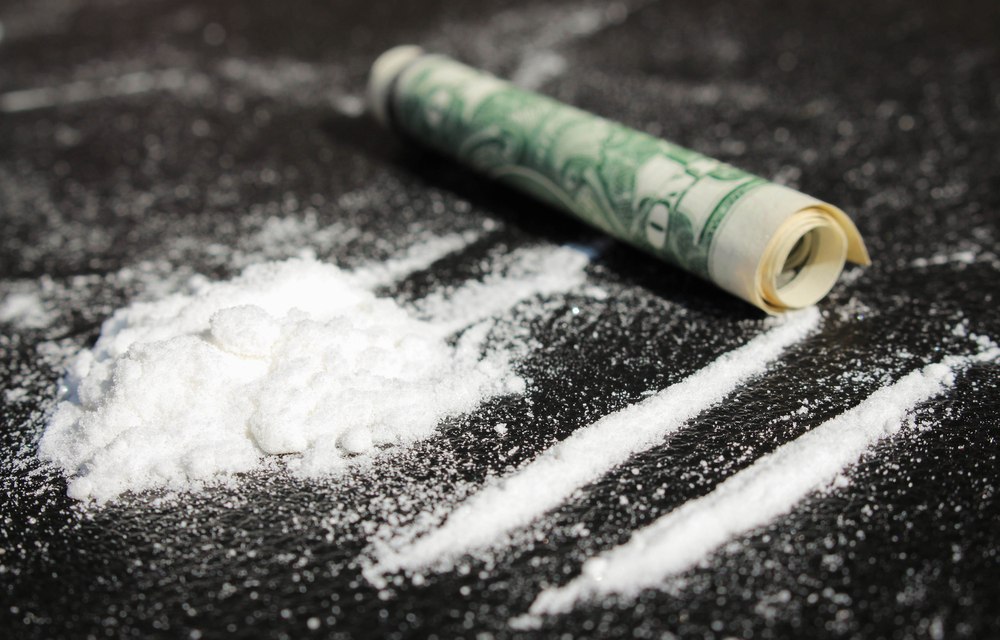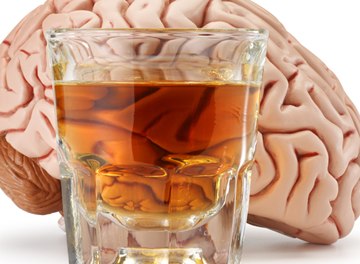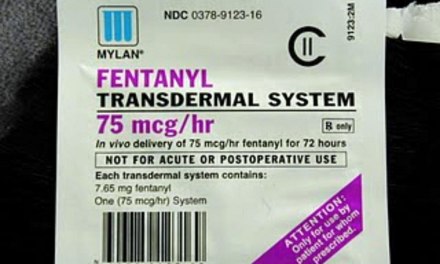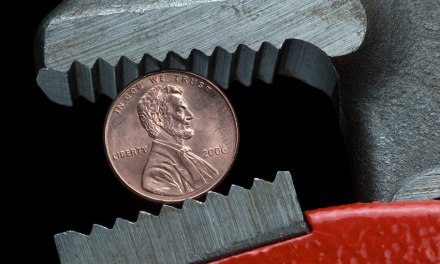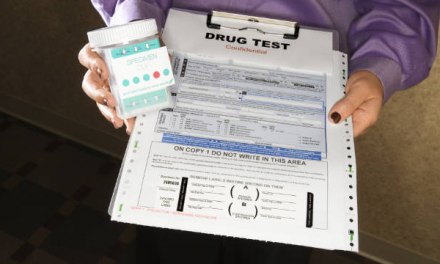This is about an ongoing effort to correct clear disparities in punishment that came about through laws passed during the cocaine / crack epidemic. The proposed act, named EQUAL (for Eliminating a Quantifiably Unjust Application of the Law), is described here:
EQUAL Act would finally close the cocaine sentencing disparity
I’m seldom surprised at discovering that a drug law doesn’t make a lot of sense. Such laws are passed in the rush to respond to an outbreak, usually one that caught us unprepared. Since ‘unprepared’ seems to be our customary state when it comes to such things, a number of laws still on the books have become either badly outdated (designed for an emergency long past), or never proved useful in the first place. Some have actually created new challenges for us that surpass the initial ones.
Nonetheless, this must be the way America wants it. We’ve passed up enough opportunities for change.
I was active in the world of treatment during the cocaine and crack epidemics. Those are best viewed as two waves of the same cocaine-related phenomenon. I don’t know that has ever been well-understood by the general public. People seem to treat the two substances as entirely different drugs.
In the DC area, we woke up one morning to shocking news: Len Bias, the basketball superstar often compared to the young Dr. J, had died from an overdose of cocaine after partying in the wake of the NBA draft. Within just a few days the media filled with stories of the disastrous effects of a new substance called crack on New York City, especially its poor and disadvantaged.
Lost in the furor were two key facts: 1) it wasn’t crack that killed Len Bias, and 2) at the time of his death, we had little or no crack in the DC area. Len Bias had died from an overdose of powdered cocaine, probably ingested intranasally.
Apparently crack dealers in the Big Apple read the papers too, and sensing an opportunity, began traveling down I-95 by car or train to sell their merchandise for twice what it would bring back home. In no time, DC had a crack epidemic. Ready or not.
We weren’t ready.
Like others in the field, I was called on to meet with various neighborhood associations to answer questions about this new drug and assure people that help was available. For the most part, I was addressing middle- class families who lived in neighborhoods already vulnerable to drug traffic. They were outraged at what they viewed as a lack of response from police and prosecutors. As far as they were concerned, treatment was not the answer. They wanted crack dealers off the corners and users arrested, post-haste. “If they’re locked up, they can’t buy or sell drugs,” proclaimed an angry parent at one meeting.
“What about when they’re released?” I pointed out. “Won’t they go right back to it?” I realized my error. “Then we won’t let them out!” he shouted, to applause from his neighbors.
Oops.
Sad thing was there was already good work going on with respect to treatment of cocaine addiction. We already had plenty of users to study. That knowledge could be adapted to those who were hooked on crack. But it was too late for a measured response. Too many folks had already made up their minds.
Things changed however as the epidemic dragged on. At one point I heard from a pastor who’d arranged one of the early town meetings. He explained that his congregation was upset at some of the arrests of young people for crack offenses. “They hear Bobby Smith or Jimmy Jackson got busted and they know those kids and they know they’re not actually bad kids, just fell in with the wrong crowd.” Why ruin his whole life for doing something that so many others have gotten away with? “It doesn’t seem fair,” the pastor concluded.
Can’t argue that. It isn’t. Just one of many examples of a problem in the way we approach drug abuse.
Anyway, with cocaine use now again on the upswing, as well as other stimulants, this would seem like a good time to correct some of our past mistakes.
By the way, I do want to clarify that smoking crack is a qualitatively different experience for the user than ‘snorting’ powdered cocaine. Absorption is rapid, the onset of the ‘high’ a matter of seconds instead of minutes, and is perceived as both more intense and of briefer duration. Many users come to prefer smoking crack to powdered cocaine.

